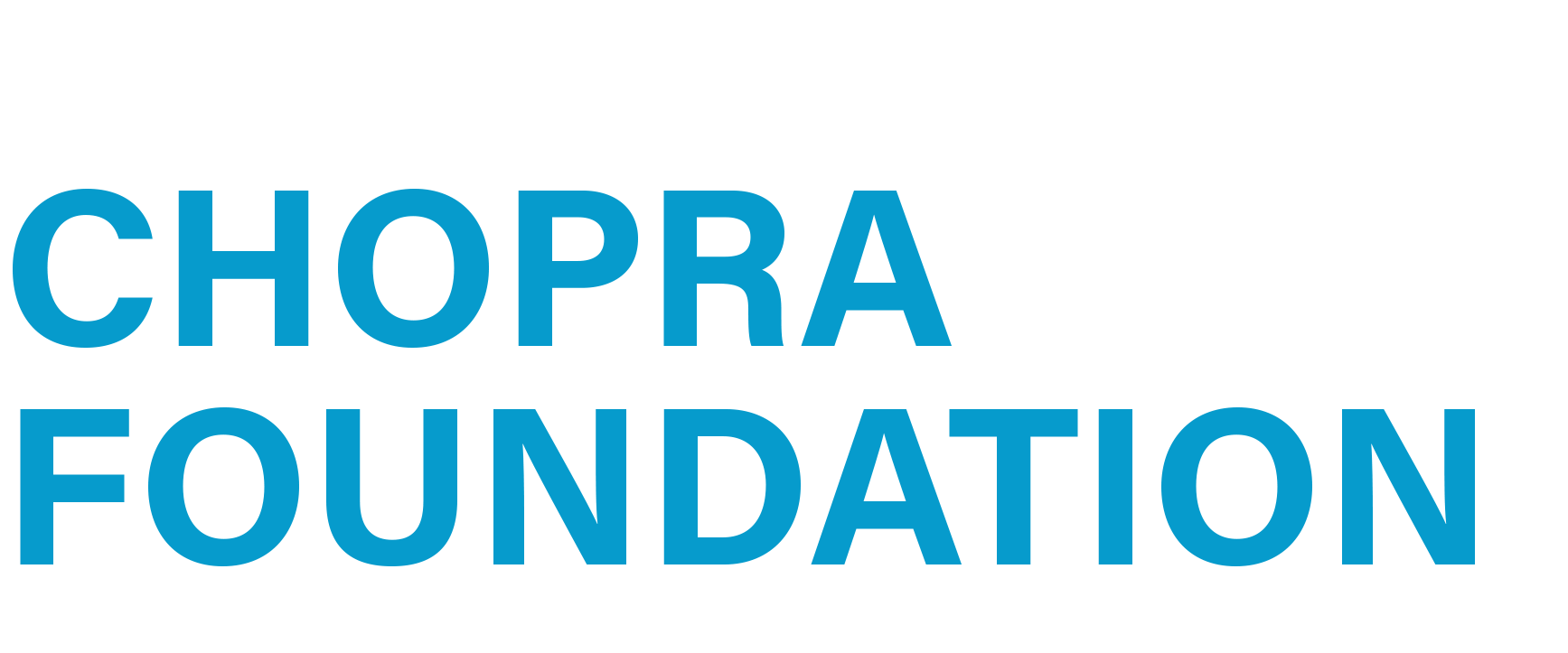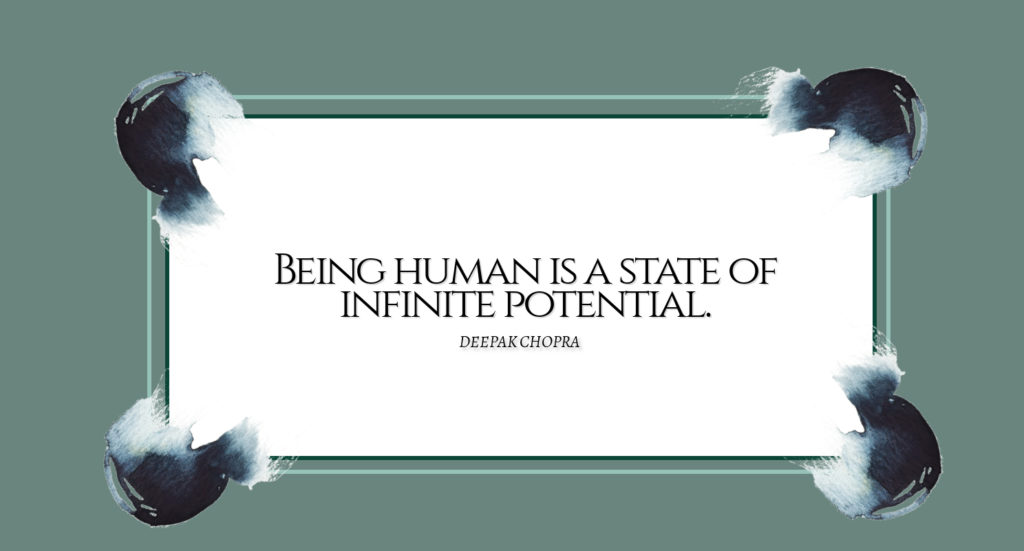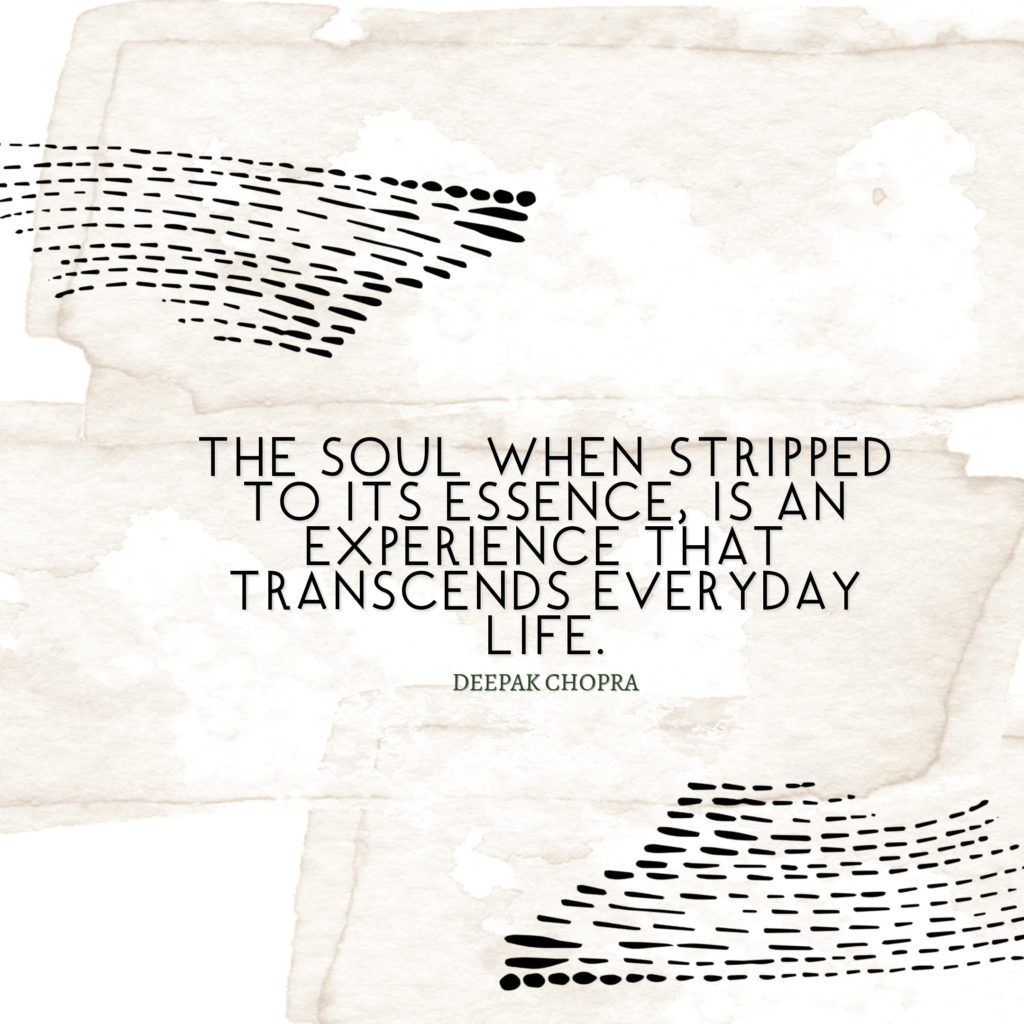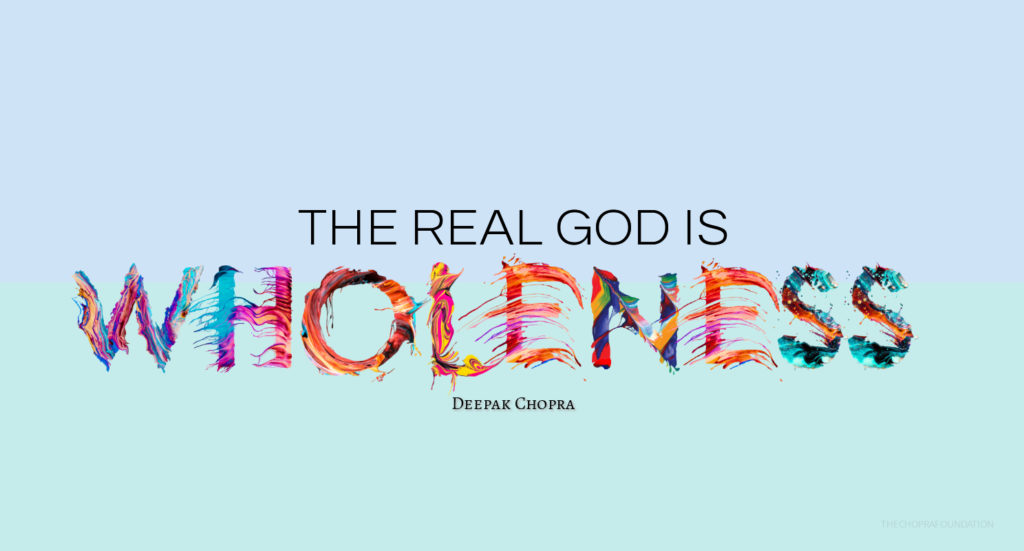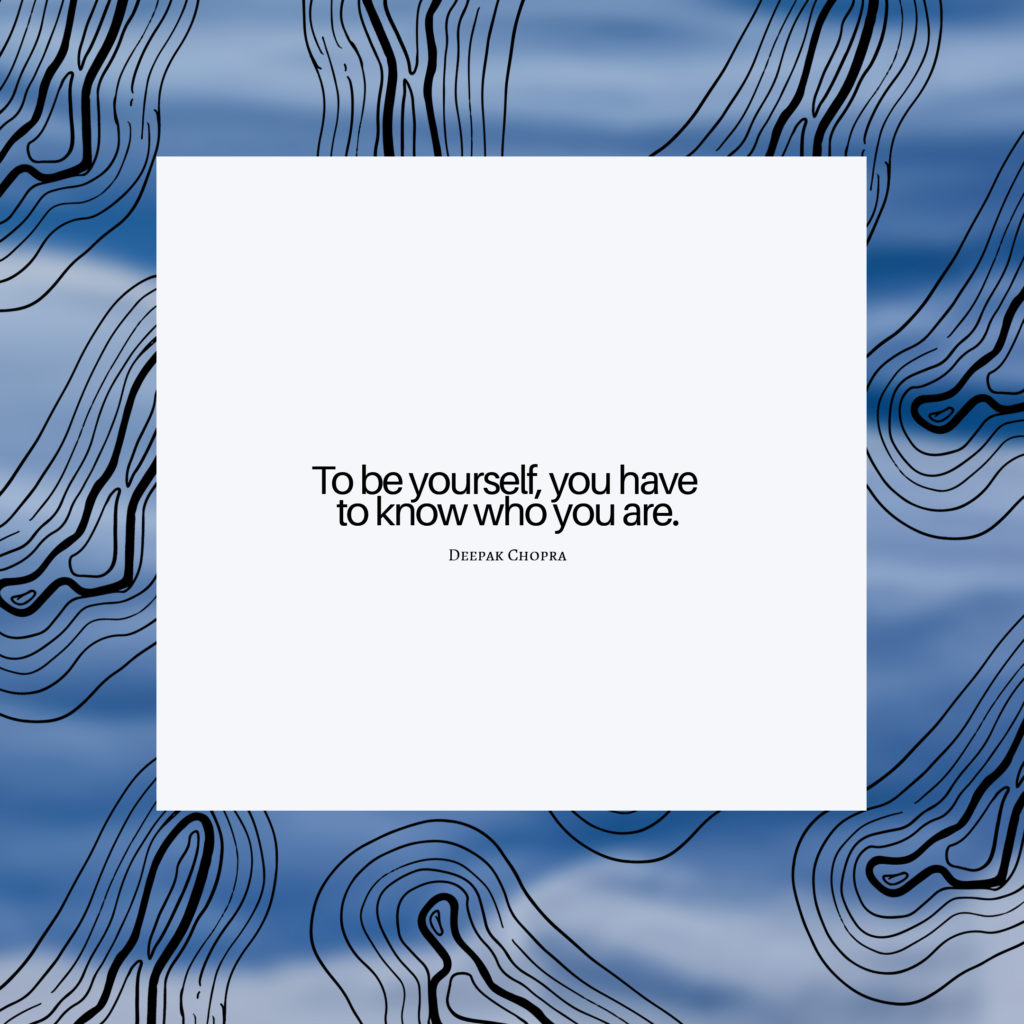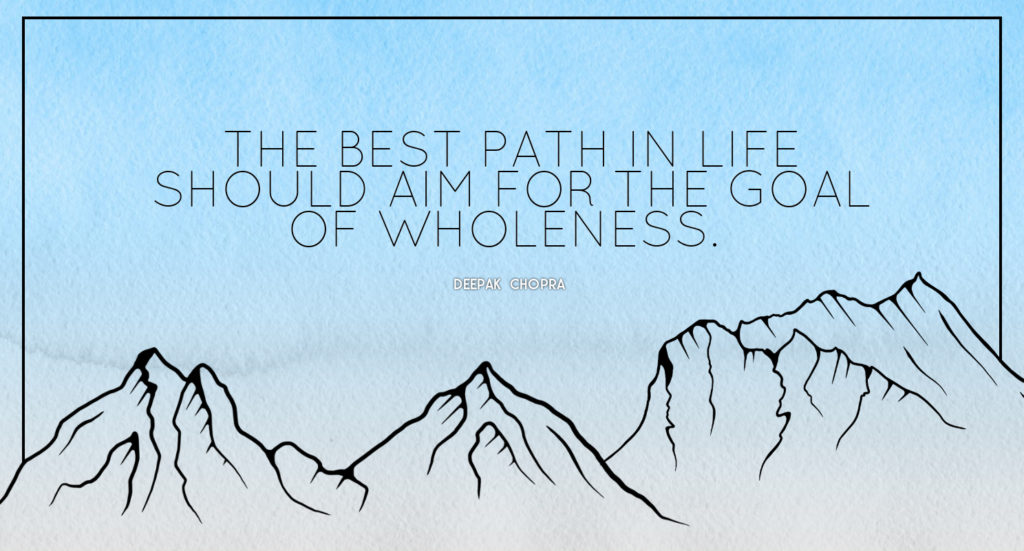
By Deepak Chopra, MD
Without using the term, everyone has marked out a path in life–a path can be defined as a road map that guides you to a goal. Because every day presents some kind of goal, however small, being on a path is inevitable. It doesn’t have to be a conscious choice. Yet at a certain point it dawns on most people that they have larger goals, even lifetime goals, that require long-term planning. At this point choosing a path does become a conscious decision.
On the surface, it would appear that life presents many paths, because so many goals present themselves: finding the right partner, raising a family, settling on a career, pursuing success, earning more money, saving a nest egg for retirement. These are socially shared goals, to which more can be added, such as finding God or writing a novel. But if you look deeper, everything on this list boils down to one path only.
This is the path of desire, which is the most natural path, since we all have desires. The impetus that keeps people on the path of desire is universal but also logical. If you want to eat breakfast, make friends, do something you enjoy, or have any other everyday desire, it’s logical that expanding your desires and following a bigger dream should serve as a reliable path in life. In fact, because 99% of the human race follows the path of desire, this should prove how defective it is. The problems of poverty, crime, war, hunger, disease, and mental anguish haven’t been solved around the world, and one or more of these problems reaches into everyone’s life.
The irony of turning desire into a path is that no one can validate that desire itself is positive. Shattered dreams are at least as common as dreams fulfilled. Psychological studies show that human beings are very bad predictors of what will make them happy. A young woman who deeply desires to have a child will confront the fact that being a new mother is one of the most stressful times of life for many women. Having more money increases happiness up to a certain threshold when you feel financially secure, after which having more money has diminishing returns. Unchecked impulses are a major aspect of things like the obesity epidemic, huge credit card debt, and criminal behavior–in a word, we desire lots of things that are self-defeating.
If there is a best path in life, the path of desire isn’t it. But how do you get off this path, which is so ingrained and occupies every waking hour from infancy onward? One insight is that desire comes from a shallow source. A restless mind leads to restless desires, which plays a major part in the pattern of endless desires that never seem to reach inner fulfillment even when the outer goal has been attained. If this is true, then going deeper into the mind to find a place of inner fulfillment opens up another path.
For just this reason millions of people have started to meditate and do yoga, and for the most part they discover the satisfaction of stepping out of the demands of desire. But still this doesn’t constitute a new path; it is more like a glimpse of a new path. After meditation and yoga class come to an end, it’s back onto the treadmill of desire. Seeing the downside of the path of desire doesn’t free you from the problems created by desire. Since these problems are mixed in with the pleasure and delight of desire, countless people remain confused, conflicted, and at a loss.
The basis for confusion comes down to either/or thinking. There’s a time-honored belief that the worldly life and the spiritual life exist as opposites, the worldly life being defined by desires and the spiritual life by selfless abstention. Yet even if you could persuade yourself that you are renouncing desire, that itself is a desire–you still want to be happy and fulfilled, even though your attitude is higher and holier than people who pursue happiness by taking a vacation in Las Vegas or Disney World.
The best path in life begins by abolishing the separation between worldly and spiritual aspirations. Such a path allows desire to play out its natural course without running wild, while bringing experiences of love, joy, truth, beauty, divine presence, or whatever else you consider higher and spiritual. In other words, the best path in life should aim for the goal of wholeness. Being human is complete and whole when we are not self-divided by conflict, confusion, frustration, and the constant demands that pull us in opposite directions.
To be self-divided is the product of blindly accepting that your desires will get you where you want to be. Even when one cherished goal is attained, that still leaves untold potential that lies unfulfilled. The only way to lead a whole and complete life is to be whole and complete yourself. This, finally, is the best path in life, which can be called for the sake of simplicity the path of the self. I’m not endorsing selfishness and egotism. The path of the self is a lifelong quest to discover who you are, knitting together the glimpses of fulfillment that occur in everyone’s life.
The great discoveries that dawn on this path are “I am enough. Being here is fulfilling. Existence unfolds inner potential without end.” Being human isn’t complete without these discoveries, and they cannot be found through desire. To know that you are enough, and that existence will unfold your inner potential transforms daily life in profound ways. But transformation cannot be a goal. It is the fruit of being on the path of the self. All such discoveries happen spontaneously, on their own time schedule, under the guidance of an intelligence that transcends the everyday thinking mind.
The path of the self has always been open to everyone, and meditation takes you through the door. Then it is necessary to have a vision and a long-term intention, in this case, to find your true self. Along the way choices have to be made about your beliefs, guiding principles, personal relationships, and so on–but these are secondary. What is held before you every day is finding the way out of self-doubt, confusion, inner conflict, and divisive desires that keep you entangled in a state of separation. The divided self is easy to spot, and its consequences litter our lives. So there’s real work to be done on the path of the self, only it is the effortless work of going inside, adopting the next step of self-awareness, and identifying with a level of mind deeper than the restless, superficial mind. When you see the value of this project, you have taken the important first step that brings the path of the self into view.
Deepak Chopra MD, FACP, founder of The Chopra Foundation and co-founder of The Chopra Center for Wellbeing, is a world-renowned pioneer in integrative medicine and personal transformation, and is Board Certified in Internal Medicine, Endocrinology and Metabolism. He is a Fellow of the American College of Physicians and a member of the American Association of Clinical Endocrinologists. Chopra is the author of more than 85 books translated into over 43 languages, including numerous New York Times bestsellers. His latest books are The Healing Self co-authored with Rudy Tanzi, Ph.D. and Quantum Healing (Revised and Updated): Exploring the Frontiers of Mind/Body Medicine. www.deepakchopra.com
